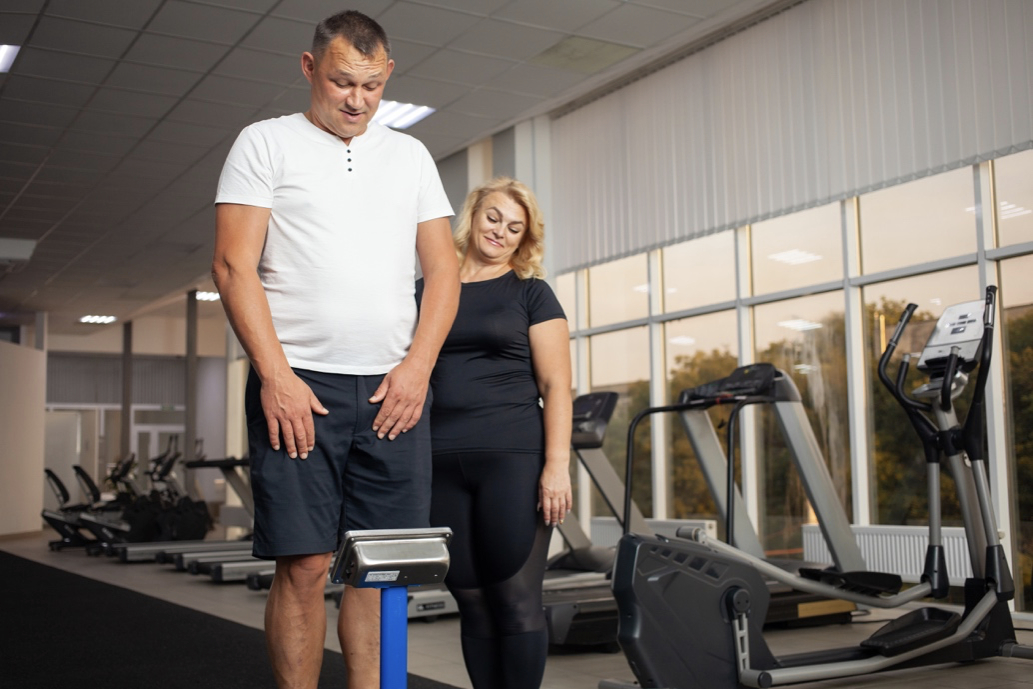You’ve probably heard adaptive fitness discussed in the context of individuals who have suffered accidents or have disabilities that impact the way they move. However, adaptive fitness can also be an important part of your weight-loss journey after the Lap-Band® procedure.
Adaptive fitness includes exercises that are modified to accommodate people with temporary or permanent disabilities. When it comes to exercising after the Lap-Band procedure, trainers use adaptive fitness to develop plans for individuals who may have trouble doing certain exercises due to their weight.
The importance of exercise after Lap-Band
Individuals who undergo bariatric surgery, like the Lap-Band Program, are overweight or obese. During the aftercare process, exercise will be an important part of encouraging healthy weight loss, along with a balanced diet, portion control, hydration, and healthy sleep habits. For overweight and obese individuals who have just started their weight-loss journey, completing certain exercises may be difficult or impossible
For instance, you may not be able to squat deep enough to benefit from the move. Some poses may be uncomfortable because of the pressure they put on your joints, or you may have trouble getting up off the floor repeatedly for certain exercises.
How adaptive fitness can help you exercise after Lap-Band surgery
Adaptive fitness is all about doing moves that are comfortable. This means focusing on low-impact exercises that take your range of movement into consideration. After your Lap-Band surgery, you should start slow and work up to more difficult exercises once you are more comfortable. If you have limited mobility in certain areas due to excess weight, work on building strength in other areas.
Many of our patients find exercising in water to be easier on their joints. It’s a great way to work on cardiovascular fitness in a supported, low-impact environment. Other examples of adaptive fitness exercises include doing push-ups against the wall instead of the ground and staying seated while performing exercises. After Lap-Band, you should start your fitness journey by working on increasing your stability and flexibility.
Exercise will not only help you lose weight after Lap-Band—it will also help relieve stress and anxiety and improve your self-esteem and mood. Just remember, there’s a difference between pain and muscle soreness. If you feel stabbing or sharp pain during exercise, stop immediately and contact your doctor.
Learn more about the Lap-Band Program with our free online seminar, or check out the Lap-Band blog for more tips on diet and fitness after bariatric surgery.


